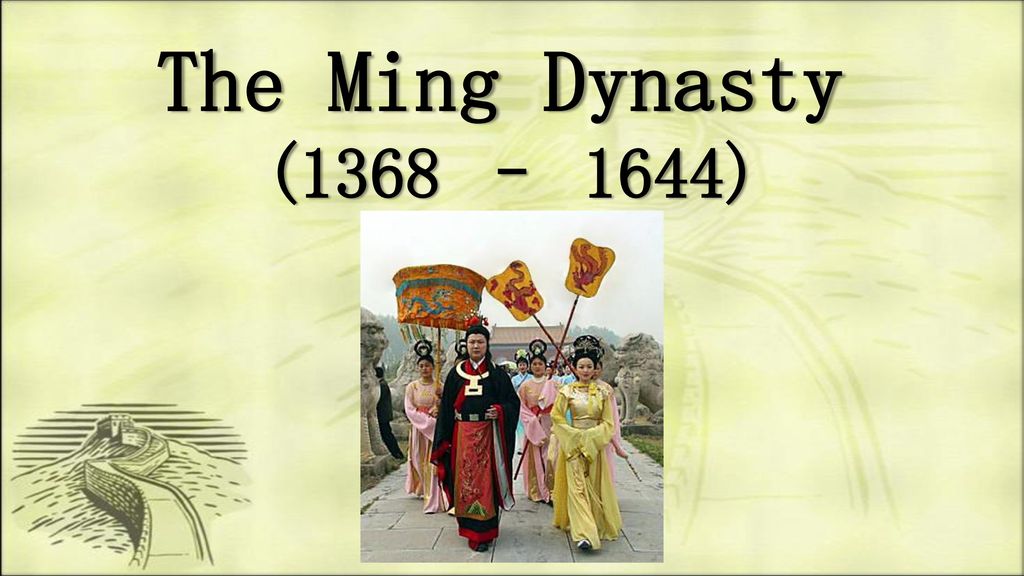


Often classified as Literati, scholars, or amateur painters (as opposed to professionals), members of the Wu School idealized the concepts of personalizing works and integrating the artists into the art.

The painters Tang Yin, Wen Zhengming, Shen Zhou, and Qiu Ying were regarded as the “Four Masters” of the Ming period. The Wumen painters mainly inherited the Yuan scholar-artist style of painting and further developed this style into its peak. Suzhou, the activity center for Wu School painters, became the biggest center for Chinese painting during this period. Its formation is credited to painter Shen Zhou, who is known for using brushstrokes in the tradition of Yuan Dynasty masters. Meanwhile, the Wu School (sometimes referred to as Wumen) became the most dominant school nationwide. The classical Zhe School and Yuanti School began to decline during the mid-Ming period. These new conditions led to the rise of the Wu School of painting, a somewhat subversive style that revived the ideal of the inspired scholar-painters in Ming China. However, following the ascension of the Yongle emperor (1403–1424), the capital was moved from Nanjing to Beijing, putting a large distance between imperial influence and the city of Suzhou. The dominant style of the Ming court painters was called the Zhe School. Hongwu was notorious for his attempts to marginalize and persecute the scholar class, and this was seen as an attempt to banish the gentry’s influence from the arts. However, at the outset of the Ming Dynasty (1368–1644), the Hongwu emperor (1368–1398) decided to import the existing master painters to his court in Nanjing, where he had the ability to cultivate their styles to conform to the paintings of the Song masters. Under the Yuan Dynasty (1279–1368), painters had practiced with relative freedom, cultivating a more “individualist” and innovative approach to art that deviated noticeably from the more superficial style of the Song masters who preceded them. The late Ming period witnessed the rise of the Songjiang School and Huating School, both of which contributed to the development of the Shanghai School in the late 19th century.The Wu School painters Tang Yin, Wen Zhengming, Shen Zhou, and Qiu Ying were regarded as the “Four Masters” of the Ming period.Both the Zhe and Yuanti Schools declined during the mid-Ming period while the Wu School prospered, inheriting and further developing the Yuan scholar-artist style of painting.The Zhe School and Yuanti School began to prosper during the early Ming period, while the painting schools of the Yuan dynasty began to decline.The first dominant Ming style was called the Zhe School however, later conditions led to the rise of the Wu School, a somewhat subversive style that revived the ideal of the inspired scholar-painters in Ming China.

Compared to earlier styles, the Ming Dynasty saw the use of more colors, the development of new painting skills and techniques, and the advancement of calligraphy within paintings.


 0 kommentar(er)
0 kommentar(er)
